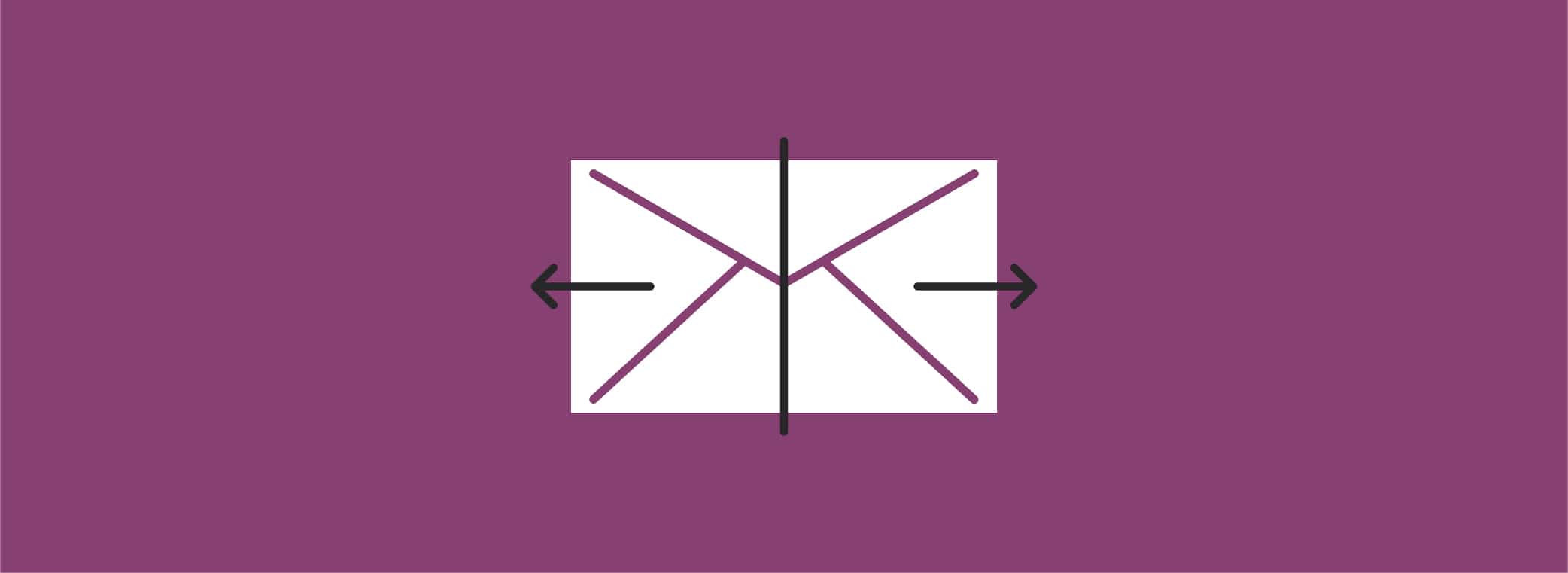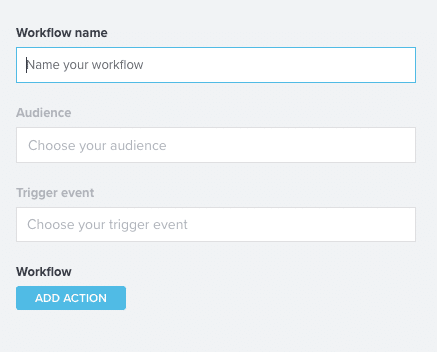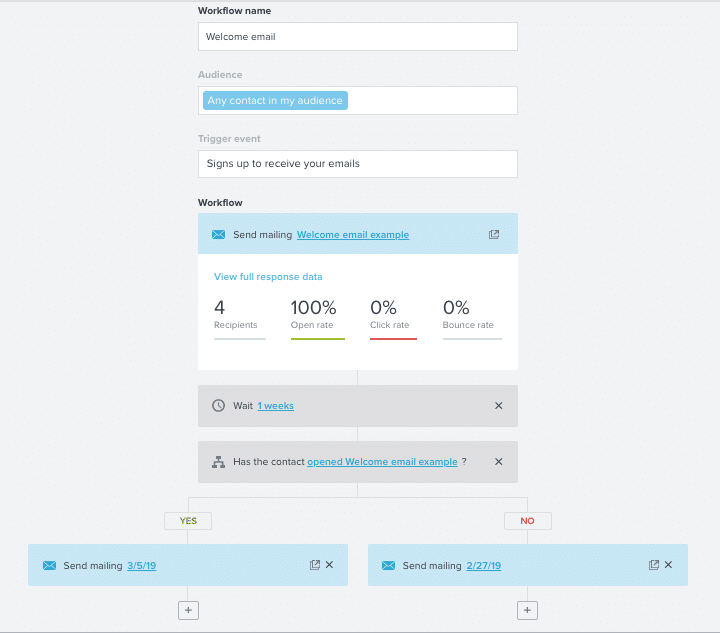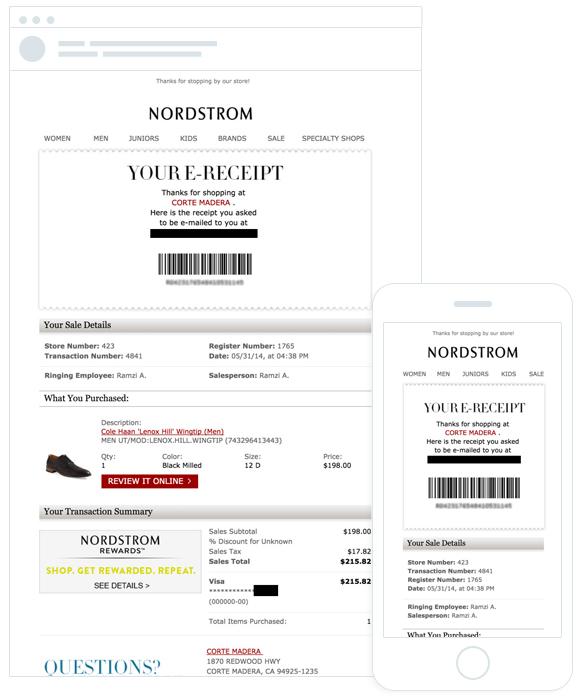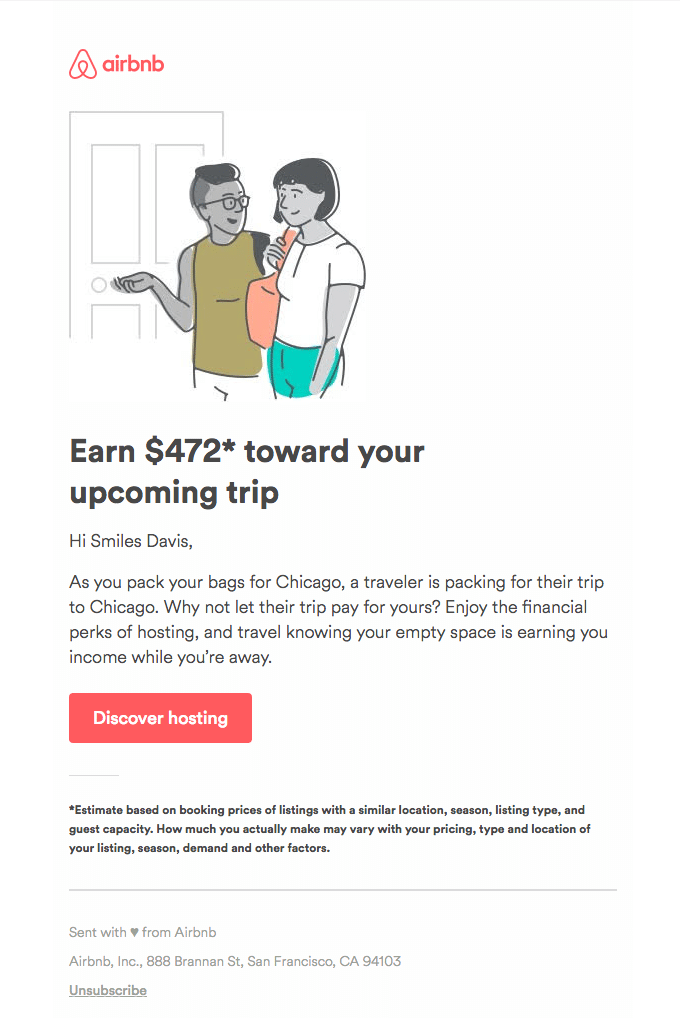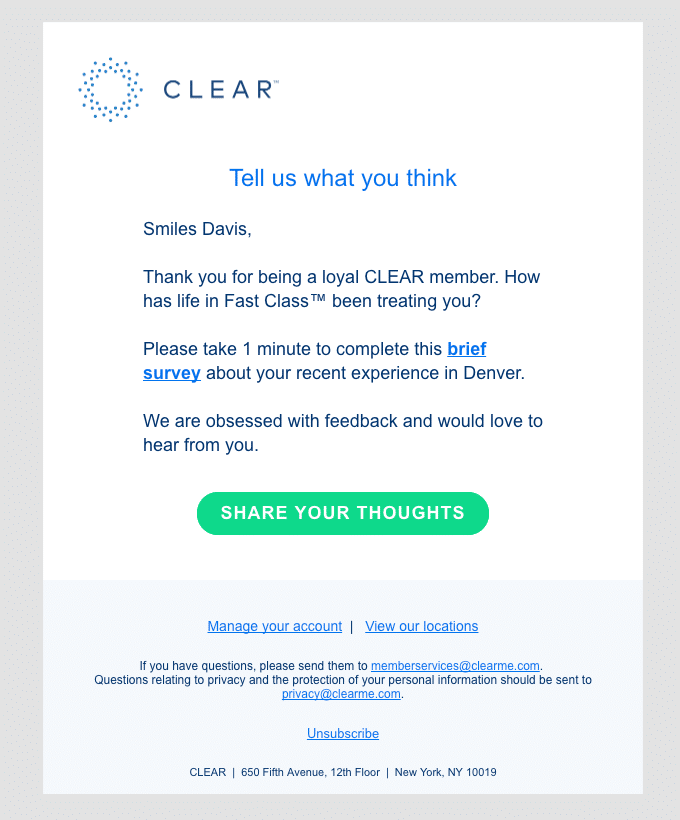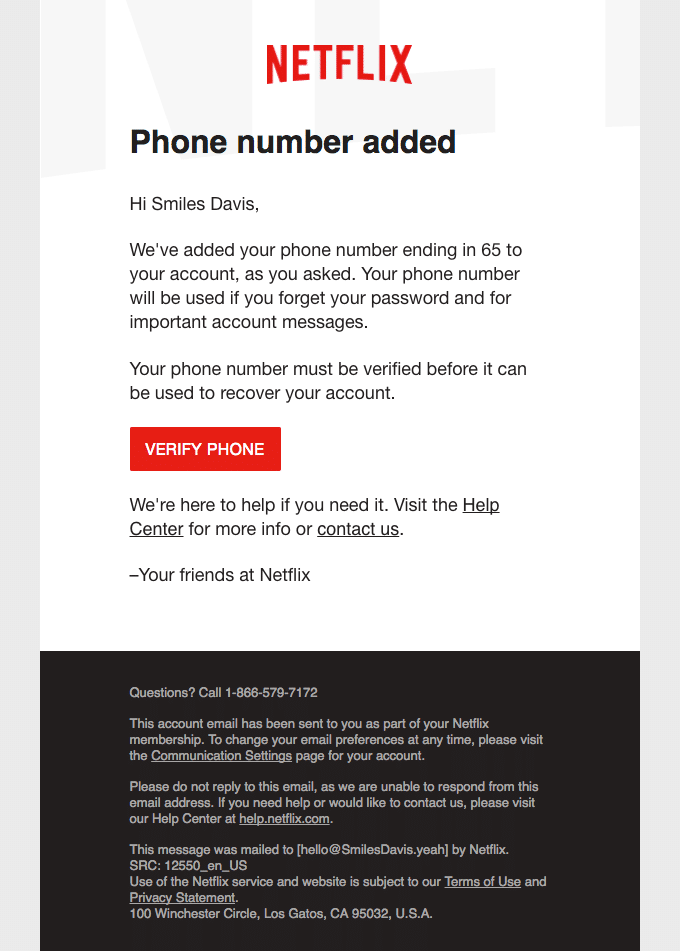When to set up trigger emails (plus examples)
When it comes to email marketing, reaching the right people at the right time with your content is crucial to building a relationship with your subscribers. How can you do this? Trigger emails are a great way to streamline communication to ensure emails are sent out timely and consistently.
Trigger emails are automated and sent based on the individual’s behavior on your website or emails. By utilizing this data, you have the ability to send relevant information that’s valuable to your subscribers and helps push them down your sales funnel.
Are you curious about how to send trigger emails? In this post, we will break down the steps to create these messages and provide trigger emails examples to help spark creativity in your campaigns.
Why are trigger emails important?
Before we jump into setting up trigger emails, it’s about to understand what they are and why they’re important to your email marketing strategy.
Trigger emails take away the tedious, manual work from the email marketer. While you have to develop newsletters over and over again, you only have to set the automation workflow up once to begin sending trigger emails. The automation will save you valuable time so you can focus on your next campaign instead.
These emails are also beneficial to subscribers as they’re based on their behaviors and actions. Trigger emails are important because they:
-
Build loyal relationships: Trigger emails show the subscriber that you are interested in how they interact with your brand. It’s much like a 1x1 dialogue with personalized content.
-
Meet expectations: As technology improves, subscribers expect to receive emails after they make a purchase, book a room, etc. These emails help lead customers down the sales funnel and prove that your brand is credible.
-
Updates important information: Trigger emails are a great way the keep communication openly and inform your subscribers on orders, shipments, etc.
-
Increases customer retention: Compared to promotional emails, trigger emails have a higher open and click-through rate. In fact, keeping your subscribers loyal to your brand is less expensive than finding new customer altogether.
When you should use trigger emails
Trigger emails are all about sending correspondence at the right time so your subscribers feel special—which keeps you at the forefront of their minds. Not only will this improve their overall customer experience with your brand, but you’re also providing a service that they will remember for future recommendations.
While emails are versatile, there are a few key customer actions that should trigger an automated workflow. Here are some fundamental actions that you should include in a trigger email campaign:
-
Welcome emails: Thank your subscriber for joining your email list and provide them with valuable information about your company and products. Welcome emails are typically warm and engage your new subscriber with what they can expect in the future.
-
Reactivation emails: Such emails help connect with sleepy or inactive subscribers who haven’t engaged with your emails. Reactivations emails help remind subscribers how your brand will help them in the real world. Sweeten the deal with an incentive!
-
Abandoned cart emails: If a subscriber left something in their shopping cart without purchasing, an abandoned cart email reminds them to complete the transaction. These emails are sometimes the extra push that causes a subscriber to convert into a customer.
-
Transactional emails: Transactional emails inform customers of a purchase, payments, tracking information and more.
-
Birthday emails: Celebrate your subscriber’s birthday with a triggered email! These emails can be sent a few weeks before or the day of, and typically include some sort of discount. Birthday emails make your subscriber feel remembered and not just a number on your list.
How to set trigger emails up
Now that you understand why trigger emails are important and when to use them, it’s time for the fun part. In Emma, you can easily set up trigger email workflows to continuously communicate with your subscribers after they take action with your assets.
To begin, name your Emma workflow according to the event type (welcome series, abandoned cart, etc.).
Filter by audience
You have the ability to filter by audience—or multiple audiences—depending on who is eligible to receive the email or not. Once those members move out of the segment, they will no longer be included in the workflow. For example, if a subscriber completes a purchase they will not receive emails prompting them to complete the transaction. This ensures that subscribers are only receiving information that is relevant to them.
Source: Emma
Trigger events
Subscribers will enter your workflow depending on the trigger event, which is caused by an action or an important date. Emma offers a few trigger event options:
-
Signup: Someone signs up from an integration or form
-
Date-based: Based on a date stored in the contact’s information like birthday, appointment, or anniversary
-
Field change: When the subscriber’s data is updated and enters a new segment
-
Link click: Triggers after a subscriber clicks on a link in the email
-
Custom API event: Occurs from an activity from another 3rd party integration like a shopping cart, payment gateway, or CRM
Workflow steps
Once a subscriber enters your workflow, you can strategically send them through your customer journey by enticing them to interact with your content. If they continue to engage, logic will automatically analyze their actions to decide which type of email they will receive next. There are three key workflow steps:
-
Send email: The email is sent to your subscriber. You have the option to customize the subject line, from the name, and from address of your email
-
Wait: Choose to wait a specific amount of time before the subscriber receives the next email
-
Branch: Branch the workflow into two paths depending on if your subscriber engaged with the previous email or not
Source: Emma
It’s important to note that once your workflow is activated, you will not be able to update the trigger type, wait time, or selected emails. However, you can still edit the subject line, from the name, email contents, and the reply-to address directly from the workflow builder.
8 killer trigger email examples
Take a look at a few of the trigger email examples below for ideas on how you can build your next automated email marketing campaign.
1. Order confirmation emails
Nordstrom sends out a confirmation email after every purchase that includes the order number, price, and date.
Source: Campaign Monitor
Takeaway: Besides including relevant order information, ensure these messages are branded and mobile-optimized so customers can receive information on the go.
2. Welcome email
Casper sends an eye-catching welcome series to new subscribers that introduces their brand and credentials.
Source: Really Good Emails
Takeaway: Use your welcome email to discuss how your brand will offer value to your subscribers. Instead of selling right away, introduce yourself and your product’s benefits.
3. Loyalty emails
Trigger emails are a great way to increase your customer retention rate. Bezar sends a personalized email to subscribers based on their previous buying habits before holidays.
Source: Really Good Emails
Takeaway: Capitalize on an upcoming event to send your subscriber’s content based on their past purchase history. This is a great way to build customer loyalty and stay at the top of your subscriber’s mind.
4. Reactivation emails
If you’re looking to reactivate subscribers, take a clue from Airbnb! Airbnb tries to activate past hosts with the possibility of how much they could earn by opening up their empty space again.
Source: Emma
Takeaway: When activating inactive subscribers, remind them of what they’re missing out on by not utilizing your services. You can include an incentive or a dollar amount that proves why they should reactive their account.
5. Abandoned cart emails
Adidas does a great job of notifying subscribers about their abandoned cart in a creative way. They also include user-generated content that could help persuade the customer to complete their purchase.
Source: Really Good Emails
Takeaway: Remind your customers of how great your products are with reviews and bold graphics that showcase why they should complete the transaction. Have fun with it!
6. Birthday email
Birthday emails are the best way to make your subscriber feel special. With that in mind, Nike celebrates their customer birthdays all month long.
Source: Really Good Emails
Takeaway: Show your subscribers you really care by offering them an incentive or discount to celebrate their birthday.
7. Feedback emails
If you’re looking for a way to understand your customer’s opinion of your brand, send feedback or survey triggered emails after purchases. Clear sets expectations of what the survey will include and how long it will take to finish.
Source: Really Good Emails
Takeaway: Feedback is crucial to understanding your customer’s experience. Ask for feedback a few days after the initial purchase so your product is fresh in their minds.
8. Updated information emails
With security and data-protection on everyone’s minds, inform your subscribers if changes have been made to their accounts. This email from Netflix lets their customer know a phone number has been added to their account and that it needs to be verified.
Source: Really Good Emails
Takeaway: Inform your customers of any account updates so they can verify if the information is correct. Include information on what was added and how the customer can change it if need be.
Wrap up
Have these triggered email examples inspired you to start your own automated campaigns? With triggered emails, you not only save yourself valuable time, but you also ensure consistent touchpoints are delivered to your subscribers. If you’re looking to increase your customer retention rates, triggered emails are your answer.
Start sending automated workflows to your subscribers today. Try Emma’s free demo to learn how our solution can help you improve your email marketing strategy.
MOST RECENT ARTICLES
Want to engage your audience and grow your brand? Try Emma's robust easy-to-use product today.
